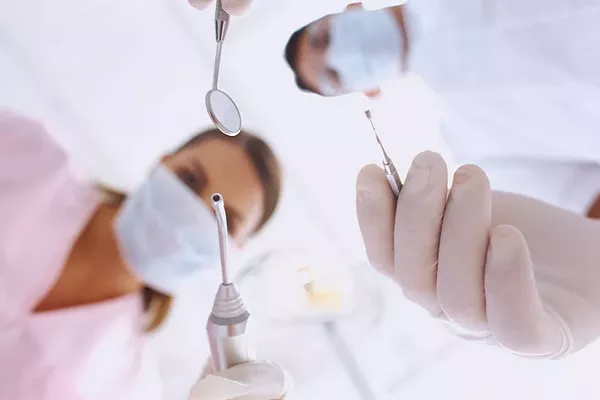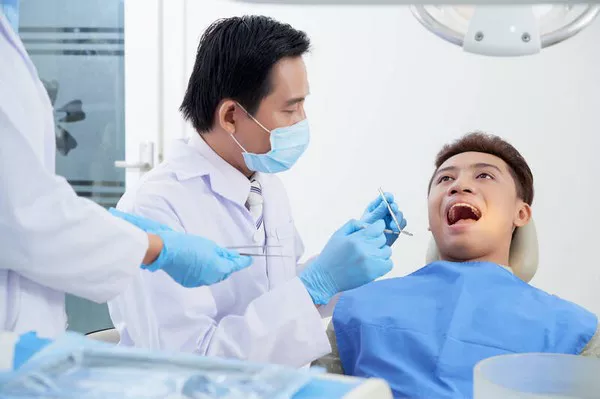In the realm of dental health, the extraction of wisdom teeth is a common procedure that many individuals undergo. While the extraction itself is a routine process, the lingering question often revolves around the duration of pain that follows. In this article, we’ll delve into the intricacies of post-wisdom tooth extraction discomfort, providing insights and tips to make the recovery process smoother.
1. The Initial Hours: Immediate Post-Extraction Sensations
The first crucial hours after wisdom tooth extraction set the tone for the recovery journey. It’s normal to experience some discomfort during this period. Dentists typically recommend over-the-counter pain relievers to manage this initial pain. However, the intensity of pain can vary based on factors such as the complexity of the extraction, individual pain tolerance, and adherence to post-operative care instructions.
1.1. Importance of Following Post-Operative Care Guidelines
Proper care in the immediate aftermath of wisdom tooth extraction is paramount. This includes adhering to prescribed pain medication schedules, using ice packs to reduce swelling, and avoiding activities that may disrupt the healing process. Research indicates that patients who diligently follow these guidelines experience a smoother recovery with less pain.
1.2. Individual Variations in Pain Perception
Understanding that pain perception varies from person to person is crucial. Some individuals may report minimal discomfort, while others may experience more intense pain. Factors such as age, overall health, and adherence to pre-operative and post-operative instructions contribute to these variations. It’s imperative for patients to communicate openly with their dentists to ensure proper pain management strategies are in place.
2. The First Few Days: Navigating the Initial Recovery Phase
As the initial post-extraction period unfolds, it’s common for patients to wonder about the expected duration of discomfort. While acute pain typically peaks within the first 24 to 72 hours, it gradually subsides as the body initiates its natural healing processes.
2.1. The Role of Swelling and Bruising
Swelling and bruising around the extraction site are common during the first few days. This is a natural response of the body to the trauma of surgery. Applying ice packs intermittently during the first 24 hours can help minimize swelling. Additionally, studies have shown that maintaining an elevated head position while resting can further reduce swelling and enhance overall comfort.
2.2. Incorporating Soft Foods into the Diet
During the initial recovery phase, transitioning to a soft-food diet is advisable. This not only aids in preventing irritation to the surgical site but also ensures adequate nutrition. Opting for nutrient-rich foods such as yogurt, mashed potatoes, and smoothies can contribute to a speedier recovery.
3. The First Week: Gradual Improvement and Pain Management
As the first week post-extraction progresses, patients often experience a gradual improvement in their overall comfort levels. However, it’s crucial to remain vigilant about pain management and follow-up care.
3.1. Gradual Resumption of Normal Activities
While rest is vital during the initial recovery phase, patients are encouraged to gradually resume normal daily activities. Light exercise, such as walking, can promote blood circulation and facilitate the healing process. However, strenuous activities should be avoided to prevent complications.
3.2. Regular Communication with the Dentist
Maintaining open communication with the dentist is key throughout the recovery process. Dentists may recommend follow-up appointments to assess healing progress and make any necessary adjustments to the treatment plan. Research has shown that patients who actively engage with their dental care providers experience better overall outcomes.
4. Beyond the First Week: Long-Term Recovery and Persistent Discomfort
While most patients find significant relief within the first week, some may experience lingering discomfort. Understanding the factors that contribute to prolonged discomfort is essential.
4.1. Infection and Other Complications
Persistent pain beyond the expected recovery period may be indicative of complications such as infection. Studies emphasize the importance of promptly reporting any unusual symptoms to the dentist for timely intervention. Early detection and treatment significantly contribute to successful long-term recovery.
4.2. Patience as a Virtue in Oral Surgery Recovery
Patience is a virtue when it comes to oral surgery recovery. It’s not uncommon for residual discomfort to persist for several weeks in some cases. Research underscores the significance of managing expectations and maintaining a positive mindset during the recovery journey.
In conclusion, the duration of pain following wisdom tooth extraction varies from person to person. By understanding the nuances of the immediate post-extraction period, navigating the initial recovery phase, and remaining vigilant about long-term recovery, individuals can proactively contribute to a smoother healing process. Remember, effective communication with your dentist, adherence to post-operative care guidelines, and patience are integral components of a successful recovery journey.
Related Links:
How many wisdom teeth can you have at most?
Why is my wisdom tooth not inflamed after being in my mouth for years?
Are wisdom teeth more painful than cavities?





























